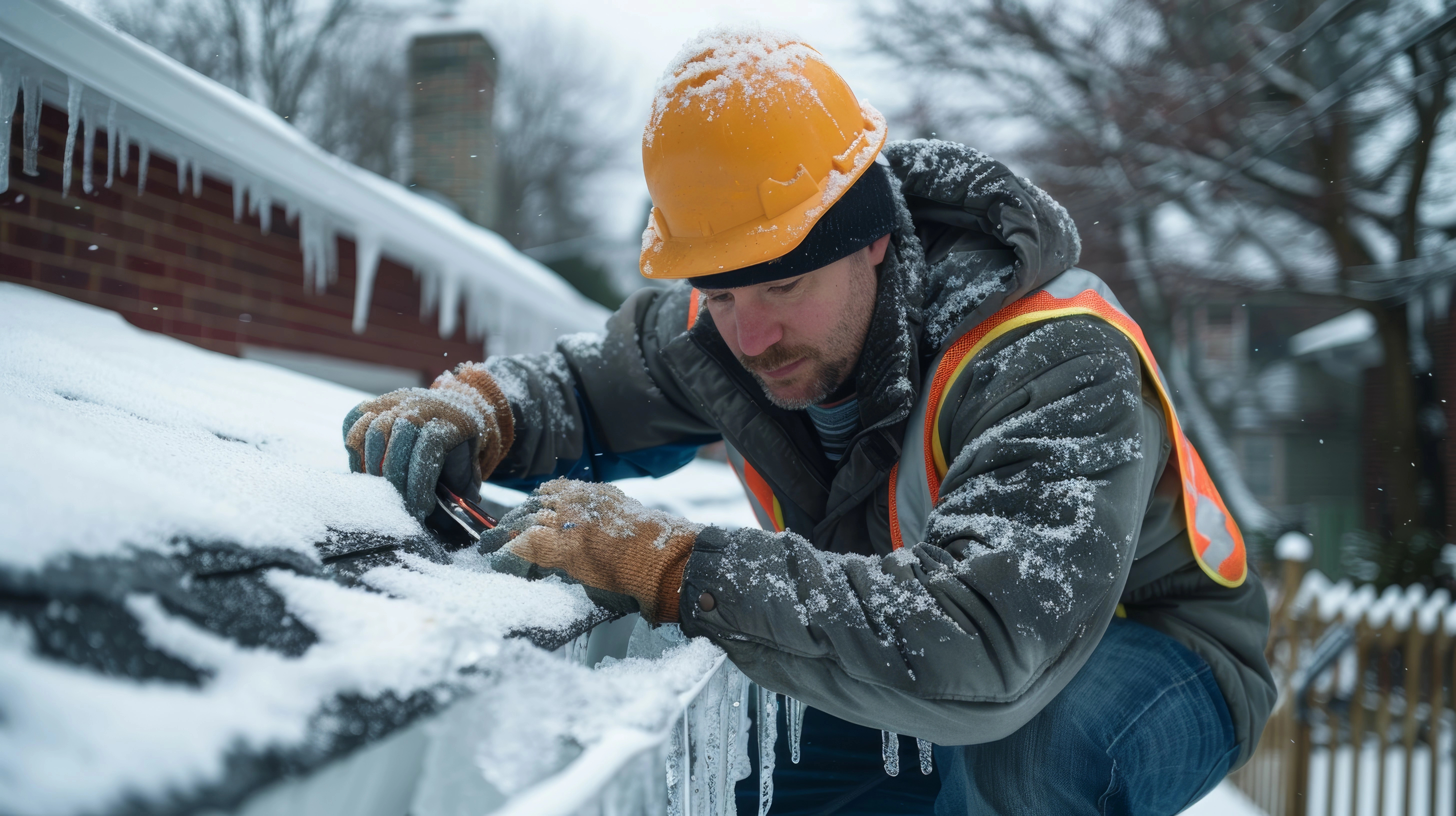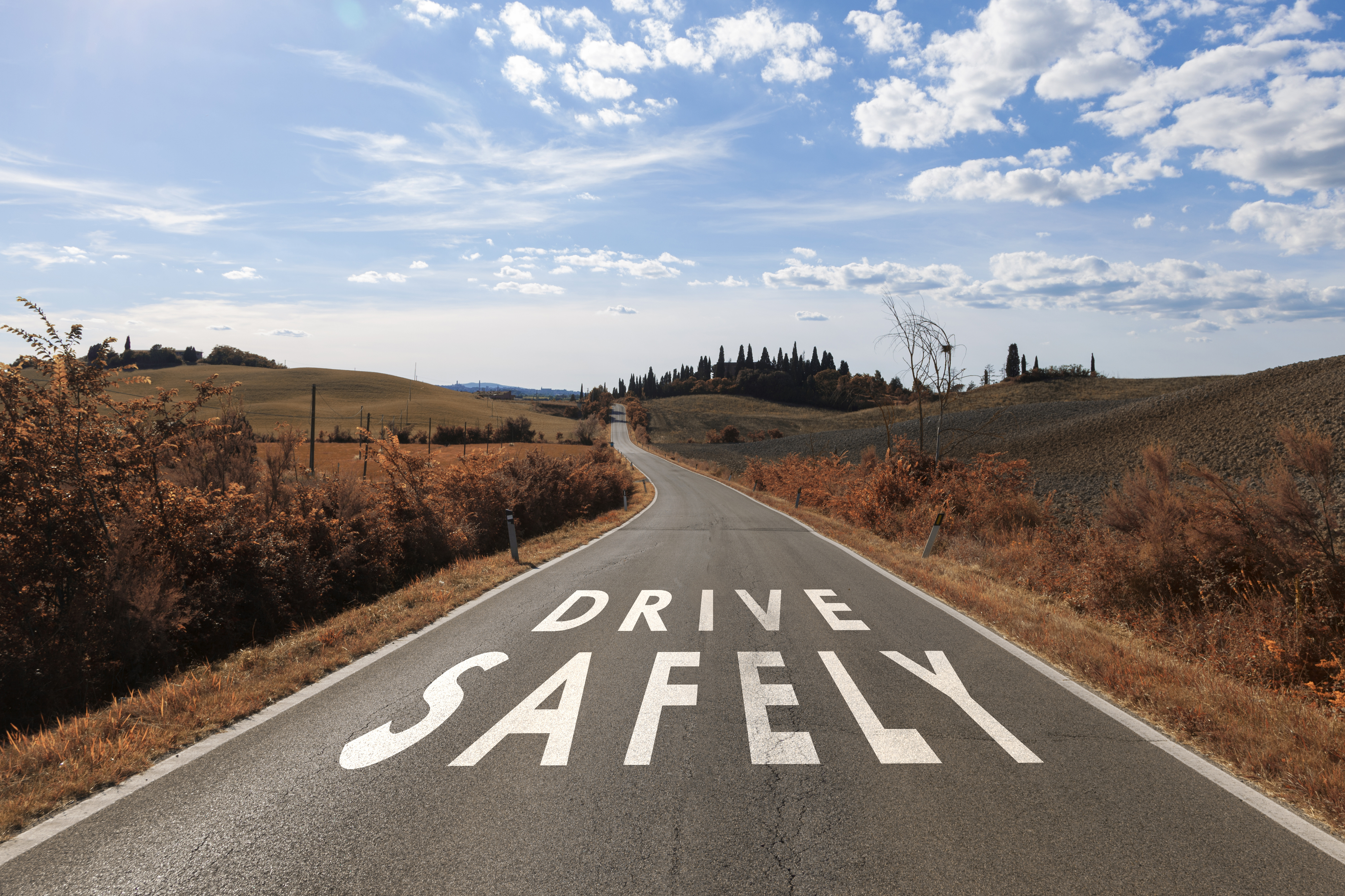Winter Safety Tips for the Construction Site

When winter hits, outdoor construction sites face a unique and intensified set of hazards. From freezing temperatures and wind chill to icy work surfaces and shorter daylight hours, contractors and crews must proactively adapt their safety strategies. According to the Bureau of Labor Statistics (BLS), 41.5% of fatal work injuries where weather or atmospheric conditions were a contributing factor were caused by ice, sleet, or snow.1
This article outlines six critical winter construction safety tips to help you protect your team, keep equipment reliable, and maintain project productivity even when the thermometer drops.
1. Plan for Winter Weather Risks & Site Conditions
-
Monitor forecast and micro-site conditions (wind chill, snow load, icing, freeze/thaw transitions).
-
Create emergency protocols: e.g., sudden blizzard, site shutdown, shelter-in-place.
-
Pre-winter site walkthroughs: assess drainage, snow-melt paths, storage areas, are supply deliveries still viable?
-
Consider climate resiliency: heavier snowfall, rapid thaw/refreeze cycles, high-wind storms — adapt scaffolding and temporary shelters accordingly.
2. Protect Workers from Cold Stress and Hypothermia
-
Cold stress occurs when body temperature drops below 95 °F (35 °C) — symptoms include shivering, confusion, fatigue.2
-
Provide proper winter PPE: insulated gloves, waterproof boots with good tread, thermal base layers plus wind-/water-resistant outerwear.
-
Schedule warm-up breaks in heated shelters; ensure easy access to warm fluids and dry gear.
-
Educate workers on signs of hypothermia, frostbite and trench foot; include cold-weather job-hazard analysis (JHA) routinely.
3. Prevent Slips, Trips & Falls on Snow/Ice Surfaces
-
Slips/trips/falls are among the most frequent winter hazards on construction sites — ice and snow dramatically increase risk.
-
Clear snow and ice regularly from walkways, scaffolding, loading zones; apply salt, sand, de-icing compounds.
-
Improve lighting: shorter daylight hours plus shaded areas = hidden hazards.
-
Require anti-slip footwear or ice-cleats for personnel walking on slick surfaces; inspect walking surfaces for uneven freeze patterns or hidden tripping hazards.
4. Winterize Heavy Equipment & Vehicle Operations
-
Inspect equipment daily (fluid levels, tire pressure, battery terminals). Cold temperatures affect machinery: fluids thicken, batteries lose capacity, hydraulics lag.
-
Pre-start warm-up: allow engines, hydraulics and attachments to reach optimal operational temperature before heavy use.
-
Maintain your fleet: ensure commercial vehicles (especially travelling between job-sites) have winter tires, working defrosters, clear lights, winter-rated coolant.
-
Train operators on winter driving techniques: reduced traction, skid recovery, safe speeds on ice/snow.
5. Prepare Work Areas for Winter Exposure & Material Protection
-
Erect wind-barriers, use heated enclosures or tarping for sensitive materials (e.g., concrete, adhesives) that can be affected by cold, moisture or freeze/thaw cycles.
-
Store materials off the ground, under cover or inside when possible to reduce ice/water exposure.
-
Drain job-site water pathways, manage melting snow/slush so it doesn’t refreeze into hazards.
-
Ensure scaffolding, ladders and access points are snow-/ice-free and inspected regularly.
6. Implement Safe Winter Driving & Site Traffic Protocols
-
On-site roads, parking lots and access areas must be plowed, sanded/salted and clearly marked.
-
Establish site speed limits, clear signage, ensure vehicles carry winter emergency kits (blankets, salt, shovel, first aid) for remote site access.
-
Train drivers and operators in low-traction/white-out conditions, and enforce strict compliance for commercial auto insurance standards and records.
-
Develop post-incident reviews: e.g., near-miss while turning on icy lot, delay due to access road closure — incorporate into toolbox talks.
Bonus Tips & Winter Safety Checklist
-
Pre-winter training: Hold a “Winter Safety Kick-Off” session each year before major cold sets in.
-
Encourage buddy systems: monitor each other for signs of cold stress, especially during long exposure or when wind-chill is extreme.
-
Set metric/goals: e.g., target “zero lost-time incidents due to slips/ice” for the winter season; track snow/ice clearance logs.
-
Post-winter review: At season end, analyze incident records, near-misses, equipment delayed failures, and update your winter safety plan accordingly.
Action Steps
Winter doesn’t mean you have to shut down your construction site — but it does mean you must plan differently. Through vigilant site assessments, proper PPE and training, equipment maintenance, and winterized work-area strategies, you can protect your crew, reduce delays, and minimize financial risk.
Before the first snow falls, review your safety plan and talk with your independent insurance agent. They can help you assess coverage gaps, ensure your policies reflect seasonal exposures, and offer resources to strengthen your company’s risk-management program.
Sources
1Bureau of Labor Statistics
An insurance company that cares about you and insuring the things you wish to be insured.
Get a Quote> Find an Agent>

